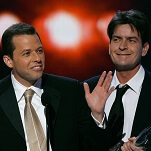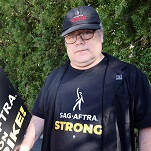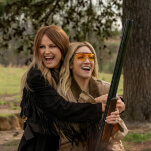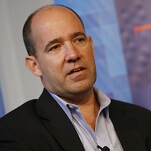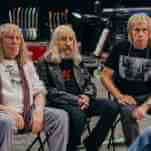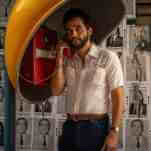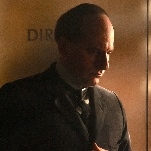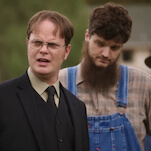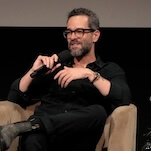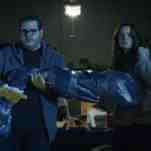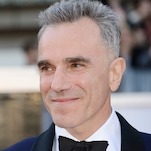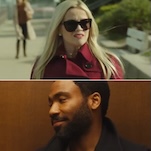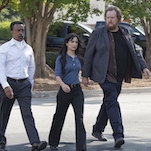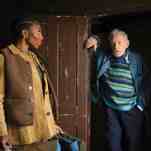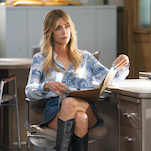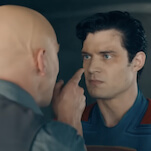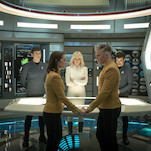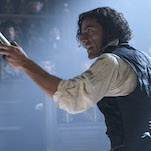After Halloween, John Carpenter chased Elvis’ shadow
Well, I’m so lonely,
I’ll be so lonely, I could die…
The made-for-TV Elvis Presley biopic Elvis was first broadcast as a three-hour ABC Sunday Night Movie on February 11, 1979, the day Ayatollah Khomeini took power in Iran. It got exceptional ratings. Executive-produced by American Bandstand host Dick Clark, Elvis had been conceived in the midst of the mania that followed the singer’s death in 1977. Several directors had passed on the project before it was offered to John Carpenter, a long-haired film-school dropout whose most prominent release to date was Assault On Precinct 13, an obscure grindhouse action flick well-liked by European critics. Halloween, the low-budget horror classic that would transform Carpenter into an above-the-title name, didn’t hit theaters until Elvis was halfway through filming, and then in a release so under-the-radar that, to this day, no one is sure when or where it first played in many major cities. It would become a hit through word-of-mouth.
Elvis has a unique place in Carpenter’s career. It was one of two TV movies he made around the pivotal moment of Halloween, the other being Someone’s Watching Me!, a thriller produced for NBC that starred Adrienne Barbeau, who married Carpenter soon after. Elvis marked the first time that Carpenter worked with Kurt Russell, the former child star and minor league baseball player who was cast as Presley. They would go on to make four more films together: Escape From New York, The Thing, Big Trouble In Little China, and Escape From L.A., all of which star Russell as a variation on the tough-as-nails pulp hero. Besides being his longest film (150 minutes without commercials), Elvis represents Carpenter’s only attempt at straightforward drama, and is often characterized a work-for-hire project that the director took on because he, like so many of his generation, had grown up on Elvis. Even then, it often seems to be on the verge of turning into a horror film.
Elvis hits an unusual sweet spot between fairy tale, nightmare, and hack biopic. Anthony Lawrence’s sanitized script is ripe for parody (it’s one of the main reference points for the spoof Walk Hard: The Dewey Cox Story), its dialogue a non-stop barrage of exposition and foreshadowing in which everyone is always addressing the singer by name. (“Elvis, you know we can’t afford no fifty-five dollars for no bicycle!”) But though the swagger Russell would bring to his later starring roles for Carpenter wouldn’t be out of place in a movie about The King Of Rock ’N’ Roll, he plays Elvis as deeply vulnerable. There is never a point at which he doesn’t look like an outsider; whether as a young man with a ducktail haircut and silk shirt, or as a grown man who regularly wears a cape and sunglasses indoors, he always seems dressed for another world.
